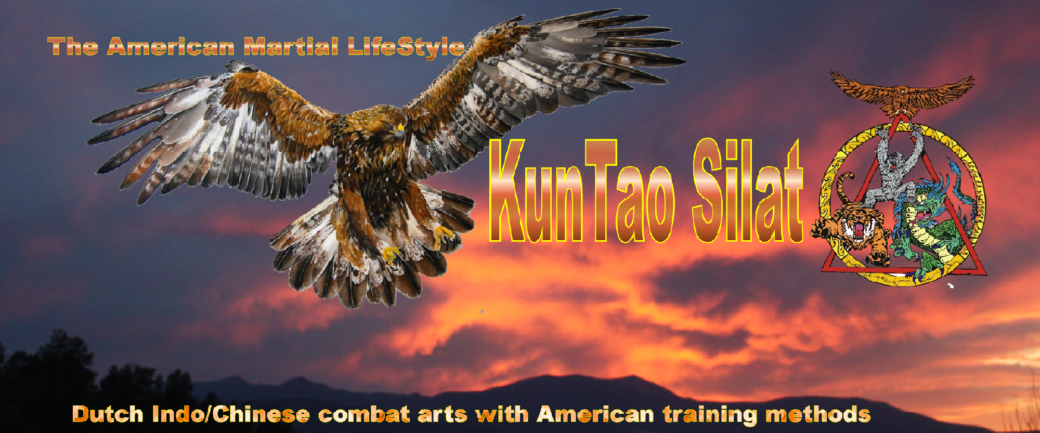Stances are a key component of KunTao Silat, as they are in any system. Integral to our Family Art is the Entering Stance, as it is from this position that much of the ingress and body to body contact with the enemy is conducted.
If we look at the structure of Entering Stance we see a plethora of principles at play designed to provide maximum protection for the practitioner at one of the most dangerous moments conceivable: engagement with a hostile party who is likely armed.
Entering Stance is attributed to our Pentjak Silat Serak heritage, which is evidenced by its balance between stability and mobility. The shoulders and hips are oriented forward rather than bladed, indicating a preference for shorter weapons use in close quarters and a need to apply both hands simultaneously as we are preparing for zero range (AKA clinch or trapping distance). The forward lean keeps the gut drawn back and out of range of a blade, allowing the bone shields of the forearms to remain raised in defense of the heart, neck, and face. Power generation and balance is maintained despite the forward orientation via a straight line from rear heal to crown. This spinal alignment presents the hard frontalis bone of the forehead to the enemy, allowing the hands to remain in defense of the face without raising elbows too high, not unlike a good boxer. This alignment also allows for shock absorption to the neck and skull without jeopardizing the vulnerable atlanto-axial joint at the base of the skull.
Bare fists tend to lose in a collision against the forehead, a fact lost on many martial artists who have never fought without gloves. The presentation of the forehead in diagonal form also provides additional protection to the eyes, nose and chin from a thrust or downward blow, allowing the natural contours of the forehead to divert force at an angle should the hands fail to shield the head. The upward gaze of the eyes can have a menacing effect on the psyche of an attacker of lower mental determination, as this positioning of the skull and eyes is a common combative response in nature aimed at intimidation.
Pak Steve has compared Entering Stance to a football player’s posture before; which is appropriate since both disciplines involve bodies colliding. The Pukulan upon entry serves the same effect as the pushes or pulls in Jūdō: to upset the balance. However, as we disrupt structure we also hope to simultaneously begin the process of injury to the opponent. By shocking the system, we not only facilitate a throw or takedown, but also disrupt respiration and possibly the structural integrity of the ribs, sternum, and organs depending upon the intensity of impact and the surface areas involved.
Pak Chas Clements once suggested a player train their Entering Stance by performing the Centering Exercise against the wall while in Entering Stance. Not only can you build up isometric strength in this way, which is vital for enduring the forces of Pukulan, but you can quickly feel for any imperfections in alignment should you feel any undue force in a joint. Ideally, the bones align creating a single unit of force from the rear foot out to the palms. Any leakage in power can then be corrected.
Happy training!
Dr. Jon
Discover more from KunTao Silat
Subscribe to get the latest posts sent to your email.

No comments yet.